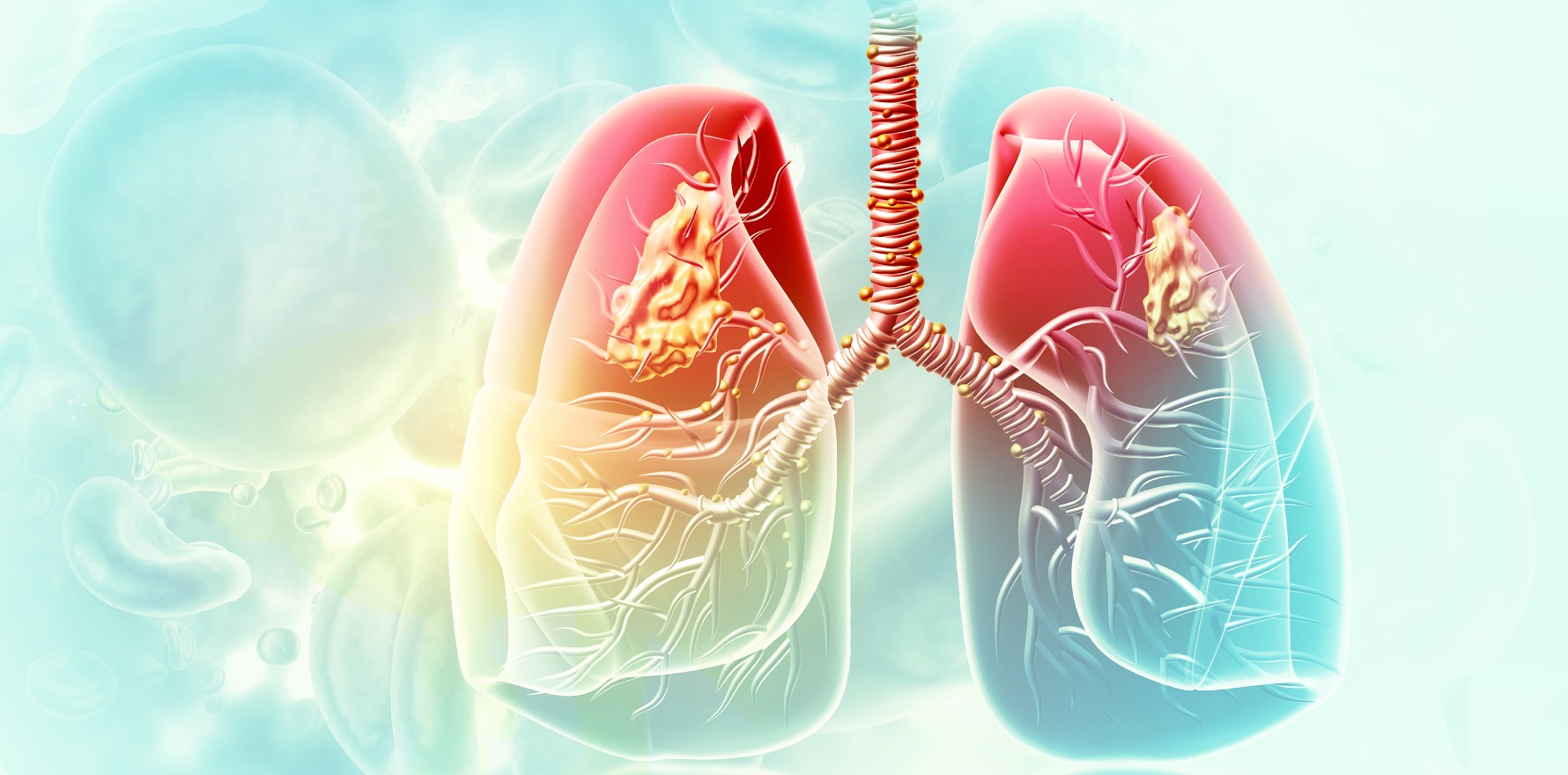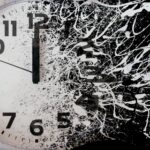Equity in care for First Nations peoples has been marked as a priority.
On a day of health announcements, Health Minister Mark Butler has thrown over $500 million at cancer care in a bid to “reduce the burden of lung cancer in Australia and drive equitable cancer outcomes for Aboriginal and Torres Strait Islander people”.
Mr Butler announced $263.8 million for a national lung cancer screening program, the first new national cancer screening program in nearly 20 years.
Starting by July 2025, the program will target high-risk individuals “to detect lung cancer in its early stages to increase the likelihood of successful treatment and improve lung cancer outcomes”.
“Lung cancer is Australia’s biggest cancer killer, and we know that early detection is key to improving survival rates,” said Professor Dorothy Keefe, CEO of Cancer Australia in response to the announcement.
“Australia’s new National Lung Cancer Screening Program is the among the first in the world, representing a significant step forward in the global effort to tackle lung cancer and positioning Australia as a world leader in this area.”
More than 8600 Australians died from lung cancer in 2022, and the burden is even greater for First Nations people, who are twice as likely to be diagnosed than non-Indigenous Australians, and twice as likely to die from it.
In Australia, the average five-year survival rate after lung cancer is 20%, according to figures from the Australian Institute of Health and Welfare. Research has shown that patients diagnosed early had a 20-year survival rate of 80%. A report published by Cancer Australia in 2020 showed that targeting high-risk people was the most clinically effective and cost-effective way to roll out the program.
The new screening program has been co-designed with First Nations people.
A spokesperson from the Department of Health and Aged Care has confirmed that high risk individuals will be identified by a GP or Aboriginal health practitioner or worker. High risk individuals eligible for screening are those:
- aged 50 to 70 years; and
- asymptomatic (no signs or symptoms of lung cancer); and
- have a history of cigarette smoking of at least 30 pack-years; and
- if a former smoker, have quit within the past 10 years.
GPs will be able to refer qualifying patients to a radiology provider for screening and a new MBS item number for low-dose computed tomography for lung cancer screening will be created.
“The implementation of the program will also explore the ability for Aboriginal Health Practitioners or Workers to refer for screening,” the spokesperson said.
The department said a program of education resources will be developed to support the health workforce in learning about the screening program and eligibility. In addition, there will also be new nationally endorsed clinical guidelines for detection and treatment of lung cancer.
In addition, Mr Butler announced nearly $238.5 million to support achieving equity in overall cancer outcomes for First Nations people.
“This investment will build the capacity and capability of the Aboriginal Community-Controlled Health Services (ACCHS) sector to support cancer care needs on the ground, tailored to local need and priorities; and ensure mainstream cancer care services are culturally safe and accessible to Aboriginal and Torres Strait Islander people,” said the DoHAC press release.
“We know that different communities have different needs and perspectives when it comes to cancer prevention and treatment,” said Professor Keefe.
“By working together with Aboriginal and Torres Strait Islander people, we can ensure that health services are tailored to the needs of different communities and achieve equity in cancer outcomes.”
Updated 3 May.





